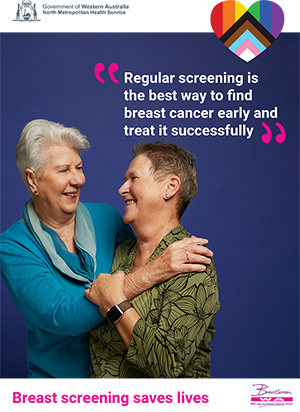 Despite equal opportunity laws, mining – like fire fighting and policing – is a profession dominated by men. While female participation in these fields has increased (up to 18 per cent in the case of mining), mining is a culture based on masculinity. This has often proven hazardous for women, and workplace support and legislation has had to keep up.
Despite equal opportunity laws, mining – like fire fighting and policing – is a profession dominated by men. While female participation in these fields has increased (up to 18 per cent in the case of mining), mining is a culture based on masculinity. This has often proven hazardous for women, and workplace support and legislation has had to keep up.
Research by Factive, however, shows that mining’s masculine culture is also dangerous for men as well.
Factive is a cultural research consultancy based in Northbridge. Dr Laplonge is the founder of the company and a leading voice in addressing masculinity in the mining industry throughout Australia. With a background in Gender Studies, Dr Laplonge has been instrumental in researching the role performances of masculinity play in a world where the ‘real man’ reigns supreme.
‘We all know there’s a preference for a particular kind of man in the Australian culture. You can even see this preference starting to dominate profiles on Grindr and Manhunt. The ‘real man’ is deemed to be somebody who is masculine, strong, and muscular. He’s not the queen of the desert’ said Dr Laplonge.
Historically, the mining industry has been a safe enclave for the tough guy. It continues to attract a certain type of man or, more specifically, a certain type of masculinity. This is the masculinity that is competitive and aggressive. It is a masculinity that thrives on a performative dominance.
These are the men who don’t care about getting dirty, who would never trim their nails and don’t worry about using abusive colloquialisms and homophobic slurs in their everyday language.
‘What these men and their companies don’t see is how these abusive terms are actually part of the way the ‘real man’ maintains his position of power over others and how he ensures that he is the strongest.’
‘But if you want to be the strongest, you also have to take risks. And taking risks when you are surrounded by massive machinery and dealing with highly toxic materials is not really a good thing to be doing. There’s no man in the world who can survive the weight of a 10 tonne piece of metal.’
Mining is one of the most dangerous industries to work in. High profile mining accidents around the world serve to highlight the risks of working in this industry. Many mining companies are aware of the dangers and prioritise health and safety.
‘Very few of them have ever considered that their safety records might be related to the tough masculine image they actually promote and encourage,’ said Dr Laplonge. ‘In our research, we are looking at what most people consider to be normal male behaviours and we are showing the links between these so-called normal behaviours and safety.’
It is already accepted that men are more likely to engage in risky behaviour than women. The World Health Organisation estimates that males are 2.34 times more likely to be involved in fatal traffic accidents. During the 2008 – 2009 period, 158 of the 177 fatalities notified to Safe Work Australia.
‘The mining industry has so far focused on building safer systems, safer procedures and safer equipment. Some companies have even started to look at how people behave in the workplace through implementing safety observation programs. But our research goes deeper.’
Dr Laplonge has been working with both major mining companies and government departments to gather research and apply it in the field. He has most recently facilitated the annual Roadshow for the WA Department of Mines and Petroleum, conducting workshops on toughness in the workplace around the state.
Through grant assistance from the Federal government, Factive has brought Dr Kath Albury on board from the University of New South Wales. Dr Albury has previously developed programs addressing masculinity in sporting cultures and has done extensive work in the field of sexual health.
Together, Dr Laplonge and Dr Albury are developing programs that allow companies to take a close look at gender and safety in their own business. A high level Gender Behaviour Audit assesses the company’s awareness of gender and safety issues, drawn from a range of interviews and an analysis of the company’s HR and communications.
At the operational level, the researchers will work together with participants in action research to develop gender ‘specialists’ as a part of a Mentor Program. These mentors will help effect a change in gender behaviours within the business that pose a threat to health and safety.
‘The important thing to remember is that there are no quick wins or easy fixes. It will be a significant cultural change that will take place over the long term,’ said Dr Laplonge. ‘We are not looking to go in with a particular model of what a man should be. We go in, observe, find out what the culture is like, then try to get the guys to figure out different ways of behaving that might even produce better results. This is a very exciting time for safety in mining.’
Richard Southern
***





